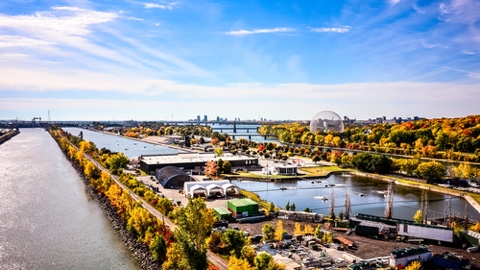
The University of Toronto’s engineering department, École de Technologie Supérieure (ETS) of Montréal and a number of municipal governments have partnered with the aim to leverage the big data collected by municipalities to make cities cleaner, greener and more liveable. University of Toronto Engineering Professor Alberto Leon-Garcia co-leads the The Natural Sciences and Engineering Research Council of Canada (NSERC) Strategic Project in Green software-defined platform for smart city big data applications – along with Professor Mohamed Cheriet of ETS Montréal.
“In the last few years, there’s been a real explosion in the amount of data being gathered across our cities,” said Leon-Garcia. “The challenge now is to convert that data into useful insight. Our team is leveraging analytics and machine learning to extract this intelligence.”
Leon-Garcia is the scientific director of the Connected Vehicles and Smart Transportation (CVST) project that has created an interactive map of the city of Toronto that gives a real-time picture of how people get around the city. Speeds in certain segments of highways, bus locations, and bicycle rental occupancies, are all represented. Plans are to use platform to aid in improving traffic flow, reducing travel times, and providing traveller advisories.
“We took it upon ourselves to build a platform that would be able to, in a snapshot, tell us everything we needed to know about the transportation network,” said Leon-Garcia. “There’s something like 4,000 streams of data here.”
“The rise of smart cities is a great example of how engineering innovation, combined with multidisciplinary collaboration, can improve lives for people around the world,” said Cristina Amon, Dean of Engineering at the University of Toronto. “Our faculty has a strong track record in this area, and I look forward to the results of this exciting new collaboration.”


